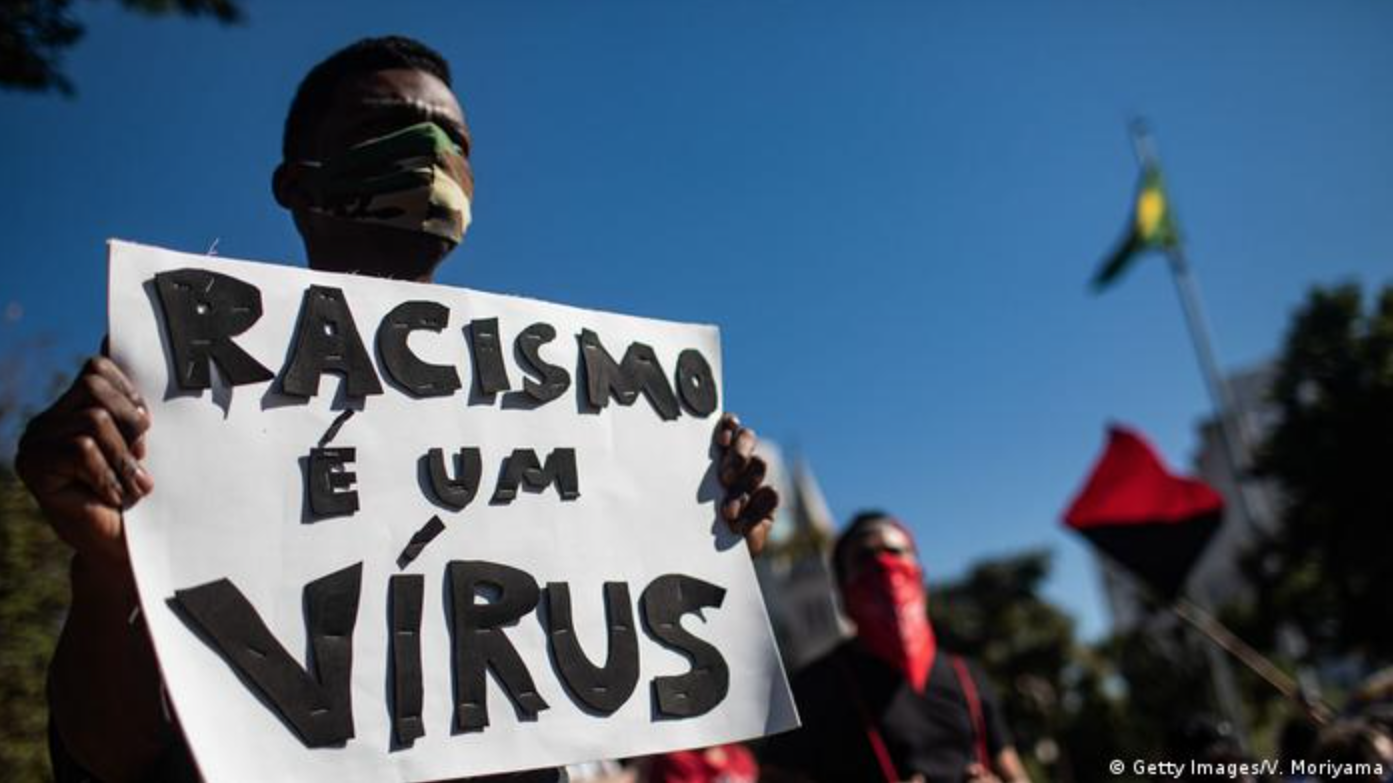Racism is a silent organizer of social relations, and its impact is like a specter: if on the one hand, everyone claims it exists, on the other hand, few confirm having seen it. Easily recognized in verbal aggression, but little recognized as a catalyst of different social conflicts, such as lethal violence against blacks. In Brazil, racism is maintained through a sophisticated mechanism of “deracialization” of reality, so that, using irony, although the victims are often black, the crime is never racially motivated.
By the end of 2022, analyses will allude to the countless cases of lethal violence against the black population. January began with Moïse Kabagambe, a Congolese refugee who was beaten to death in a kiosk in Barra da Tijuca, Rio de Janeiro, after having claimed 200 reais for the work he had done. The widespread commotion was due both to the forcefulness of the aggressions and to the place where they occurred: on the seafront of one of the most expensive neighborhoods of the city.
As a reaction, a large demonstration was called. On a Sunday, on the beach, under the sun. While, on the sand, bathers enjoyed the summer, on the asphalt, representatives of different social and religious segments affirmed: “It was a crime committed by racism”. In a statement at the police station, those who killed him affirmed that this was not the case.
In February, two more cases: a man was shot dead by his neighbor when he was mistaken for a thief in São Gonçalo, and a candy seller was killed while working at the boat station in Niterói by an off-duty military policeman, who was later charged with manslaughter.
In March, three young men were drinking in a bar in Gamboa, Salvador, when they were killed during police action. Another youth, aged 17, was killed in April as he was leaving a children’s charity event in the Dourado community, in Cordovil, Rio de Janeiro, and his body was thrown into a ditch.
In May, after being approached by the Federal Highway Police of Sergipe while riding a motorcycle, a man was put in a police van and, after inhaling gas, died as a result of “acute failure secondary to asphyxiation,” according to a published report.
In common: all of them were black. Every month there are new cases in the news and many do not generate the same public commotion, but they add to the official statistics of violent deaths in the country.
A repeating cycle
There is nothing new, 2022 replicates previous years in which there were assaults in supermarkets and shopping malls in large urban centers and suburbs. As the scenarios change, the lethality against blacks remains. As every year, demonstrations are organized, with no reduction in the numbers of violence. Thus, the deaths follow one after another, causing a commotion, occupying space in the media, sometimes generating demonstrations, and investigative reporting, and soon forgotten.
In December 2022 few will know the names of the victims from the beginning of the year, and in January 2023, the annual indicators will be readjusted.
Beatings, killings by mistake, alleged involvement with crime, wrong place at the wrong time, excessive closeness, different reasons that, at first glance, contradict the idea that racism would be the reason for the deaths of indistinctly black people. After all, any person, regardless of race, could be in the same situation.
It would be a coincidence if in Brazil, the chances of a black person suffering lethal violence were not 2.6 times higher than those of whites, or that blacks were not 76.2% of the victims, according to the 2022 Brazilian Public Safety Yearbook. In turn, if we count only young people between 15 and 19 years of age, this percentage rises to 80%.
Black women are equally vulnerable, with a homicide rate of 4.1 compared to 2.5 for non-black women, which makes their chances of violent death 1.7 times higher.
Attempts are made to justify these data based on undeniable facts, such as the condition of vulnerability in which peripheral black populations find themselves, exposure to crime, and social insecurity. The focus on social reality pulverizes the reading on the causes, highlighting the epiphenomenon and hiding the driving element: racism, which, in cases of lethal violence, is always called into question.
This is due to two factors: the first lies in an ideal of nationhood, still in the early 20th century, when between the impossibility of whitening the population and the pessimism of the acceptance of the theories of degeneration, Brazil opted for the praise of miscegenation as constitutive of its identity. Thus, the ideal of being brunet and the narratives of racial democracy were impregnated with the belief in the non-existence of race. In fact, by silencing the existence of race.
Another factor was the necessary historical shift in the study of race relations. In contrast to the analyses throughout the 1950s that explained the condition of blacks under the justification of color prejudice, the 1970s saw the establishment of a body of scholarship that highlighted racial inequalities.
Although prejudice was associated with individual and subjective practices, locating the asymmetry between blacks and whites in a social system of construction and reproduction of inequality, verifiable through the analysis of data (schooling, employability, housing, among others), allowing not only the understanding of the structures of production of racial inequality but, above all, the demand for reparation policies.
However, racism, as a system of production of power relations and subalternization, is not only constituted by objective dimensions. With the recent references to structural racism, we once again observe its diffuse effects.
Racism dispenses with objectification: people are not objectively killed because they are black, people are killable because they are black. Racism needs no rationalization: it is sustained by representations that blacks are dangerous, aggressive, violent, suspicious, guilty, and disposable.
Racism is strengthened in its invisibility, even more than in its visibility.
Disarming its bomb is a complex exercise that requires looking into the abyss and allowing it to look at us. To recognize race as an organizing element of reality is to recognize racism as the foundation of inequalities. Above all, recognize racism as a structuring element of our system of social representations. Naming makes confrontation possible.
In the case of lethal violence against black people, victimized by wrong approaches, confrontations, and deceptions, or against young people who die as a result of a racialized genocide, or even against people who succumb to massacres carried out in favelas and peripheries, it is fundamental to recognize that it is not an approach, it is not criminality, it is not poverty, it is not confusion: it is racism.
While this text is being finalized, probably one more black person will be murdered, without the motive being racism.
*Translated from Portuguese by Janaína Ruviaro da Silva












